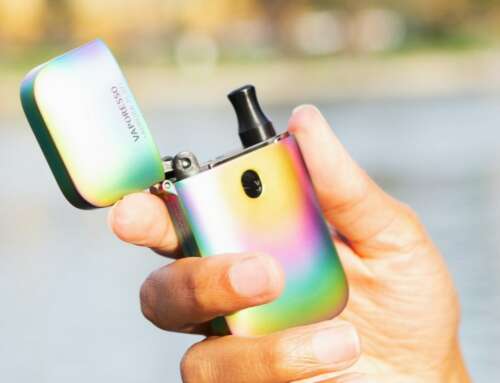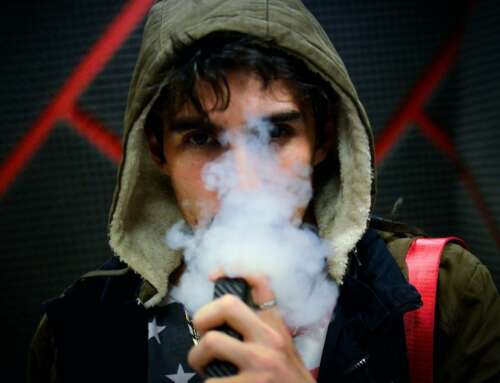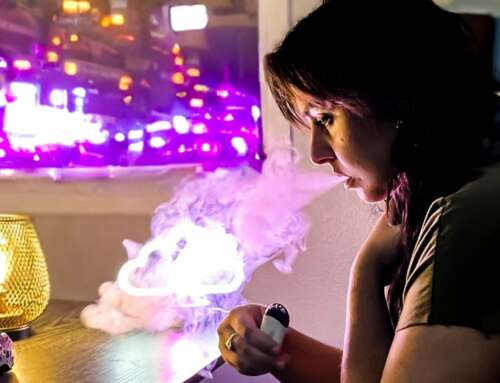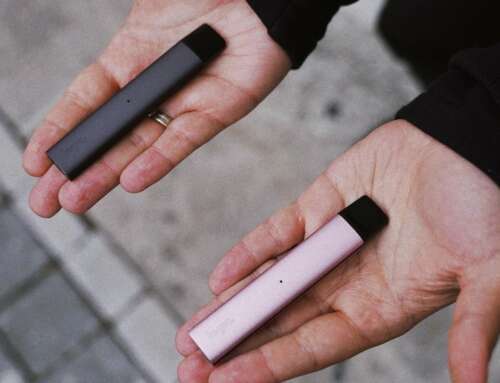It’s a little before three on a sunny Friday afternoon and Laugardalur Park, near central Reykjavik, looks practically deserted. There’s an occasional adult with a pushchair, but the park’s surrounded by apartment blocks and houses, and school’s out – so where are all the kids?
Walking with me are Gudberg Jónsson, a local psychologist, and Harvey Milkman, an American psychology professor who teaches for part of the year at Reykjavik University. Twenty years ago, says Gudberg, Icelandic teens were among the heaviest-drinking youths in Europe. “You couldn’t walk the streets in downtown Reykjavik on a Friday night because it felt unsafe,” adds Milkman. “There were hordes of teenagers getting in-your-face drunk.”
We approach a large building. “And here we have the indoor skating,” says Gudberg.
A couple of minutes ago, we passed two halls dedicated to badminton and ping pong. Here in the park, there’s also an athletics track, a geothermally heated swimming pool and – at last – some visible kids, excitedly playing football on an artificial pitch.
Young people aren’t hanging out in the park right now, Gudberg explains, because they’re in after-school classes in these facilities, or in clubs for music, dance or art. Or they might be on outings with their parents.
Today, Iceland tops the European table for the cleanest-living teens. The percentage of 15- and 16-year-olds who had been drunk in the previous month plummeted from 42 per cent in 1998 to 5 per cent in 2016. The percentage who have ever used cannabis is down from 17 per cent to 7 per cent. Those smoking cigarettes every day fell from 23 per cent to just 3 per cent.
The way the country has achieved this turnaround has been both radical and evidence-based, but it has relied a lot on what might be termed enforced common sense. “This is the most remarkably intense and profound study of stress in the lives of teenagers that I have ever seen,” says Milkman. “I’m just so impressed by how well it is working.”
If it was adopted in other countries, Milkman argues, the Icelandic model could benefit the general psychological and physical wellbeing of millions of kids, not to mention the coffers of healthcare agencies and broader society. It’s a big if.
“I was in the eye of the storm of the drug revolution,” Milkman explains over tea in his apartment in Reykjavik. In the early 1970s, when he was doing an internship at the Bellevue Psychiatric Hospital in New York City, “LSD was already in, and a lot of people were smoking marijuana. And there was a lot of interest in why people took certain drugs.”
Milkman’s doctoral dissertation concluded that people would choose either heroin or amphetamines depending on how they liked to deal with stress. Heroin users wanted to numb themselves; amphetamine users wanted to actively confront it. After this work was published, he was among a group of researchers drafted by the US National Institute on Drug Abuse to answer questions such as: why do people start using drugs? Why do they continue? When do they reach a threshold to abuse? When do they stop? And when do they relapse?
– Emma Young
Read More: Iceland knows how to stop teen substance abuse but the rest of the world isn’t listening
Image by Michael Discenza from Unsplash







Leave A Comment